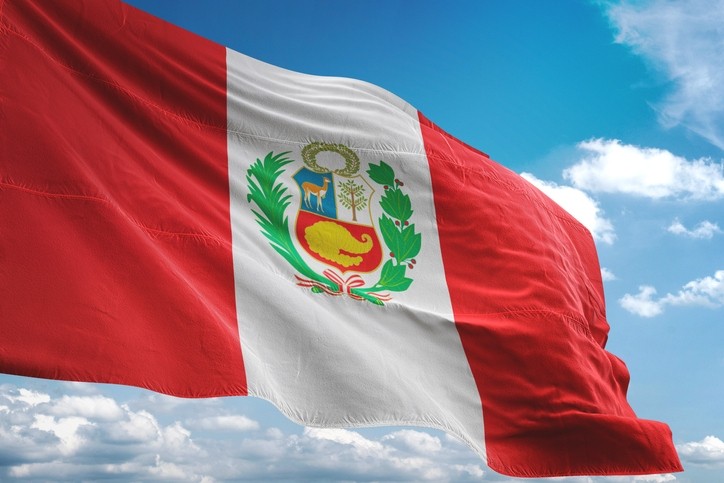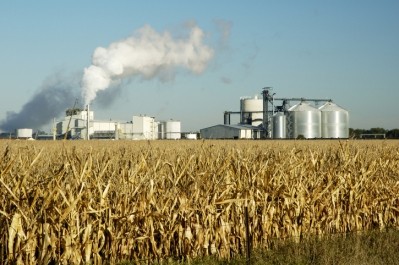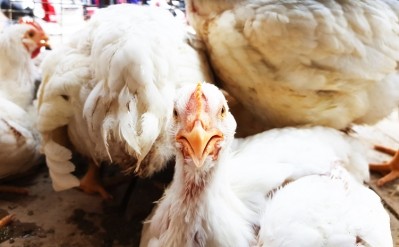USDA: Feed demand to boost Peru’s corn imports, production

The US Department of Agriculture (USDA) shared details of anticipated feed grain production and use in Peru through an agricultural specialist’s report on Tuesday [March 3].
Overall, Peru is expected to import larger amounts of feed and food grains, while wheat production remains consistent and corn production grows, the specialist said.
In addition, increased demand for poultry feed is anticipated to boost corn imports, he said. “Peru's corn imports are forecast to continue to grow due to demand from the booming poultry industry,” he added.
“US exports of corn fell in marketing year (MY) 2019/ 2020, but should rebound in marketing year 2020/2021 as the Peruvian price band reactivates,” the specialist said. “Peru's Consumer Defense and Intellectual Property Right Institute dismissed its self initiated countervailing duty case against US corn exports to Peru in January 2020.”
In addition to corn, Peru has started importing distiller’s dried grains with solubles (DDGS) to use in animal feed, he said. The anticipation is that Peru could be a 100,000 MT market for DDGS from the US.
Corn production and use
Corn production in Peru during marketing year 2020/21 is anticipated to reach 1.9m MT – an expansion of 6% from the previous year, the specialist said. “Good weather conditions and increasing demand from the animal feed industry, particularly the poultry sector, are driving this increase.”
The amount of corn raised for use in feed outstrips the amount for human consumption, he said. In MY 2018/19 the country raised 328,000 MT for human use and 1.3m MT for use in feed.
Domestic production of the feed grain sees limited use of technology and low yields, he said.
“Additionally, in 2011, Peru established a ten-year moratorium on planting genetically engineered crops, including corn,” the specialist said. “This moratorium prevents producers from being able to choose to cultivate genetically engineered varieties that could help them to overcome production challenges.”
In MY 2020/21 the harvested area for feed corn is expected to be 290,000 hectares, he said. Last calendar year, the average yield-per-hectare was 5 MT for feed corn.
“Yellow corn yields vary greatly depending on the location and the producer’s access to technology (i.e., improved seeds, fertilizer, irrigation, and mechanized equipment),” he said. “In Peru’s coastal agricultural areas, yellow corn yields improved significantly over the course of the past decade, from about 6.5 MT/hectare to over 10.0 MT/hectare.
“On the eastern slope of the Andes, in Amazonian fields, yellow corn yields fell to 2.4 MT/hectare or lower due to degraded soils and less sophisticated production methods,” he added.
Total consumption in 2020/21 is forecast to expand by 2% to 5.8m MT, the specialist said. Demand from poultry producers is prompting increased use.
“Peru currently produces 65m broilers per month,” he said. “About 70% of the yellow corn available is used as chicken feed in one of Peru poultry farms, which currently number over 1,000.”
However, one challenge for the industry is a growing number of non-registered poultry farms, which do not pay the related taxes, he said. Unregistered producers are considered to generate about 25% of the total poultry meat production.
In MY 2020/21 Peru is forecast to import 3.9m MT of corn, up 3% from the previous year, the specialist said. Major corn exporters to Peru include Argentina and the US.
“US corn exports dominated the market in Peru for several years as a result of the trade preferences granted by the US-Peru Trade Promotion Agreement,” he said. “However, a reduction of the Peruvian price band opened the opportunity for a surge of Argentinean corn.”
Wheat developments and trade
Wheat production in MY 2020/21 is forecast to be 220,000 metric tons (MT), the specialist said. The amount is consistent with the wheat crop in 2019/20.
The grain is considered a minor cash crop, and growth remains limited by geography and growing practices, he said.
The total area expected to be harvested in 2020/21 is 145,000 hectares, he said. “The harvested area of wheat varies significantly from one year to the next depending on local wheat prices, farmers’ profit margin expectations, and the profitability of alternative crops such as quinoa, barley, and oats,” he added.
Total wheat consumption is expected to reach 2.3m MT, an increase of 4% from the previous year, the specialist said.
Peru is anticipated to import about 2.13m MT of wheat in MY 2020/21, he said. Its top trading partners for the grain are Canada, with 63% market share, the US with 17% and Argentina with 15%.













